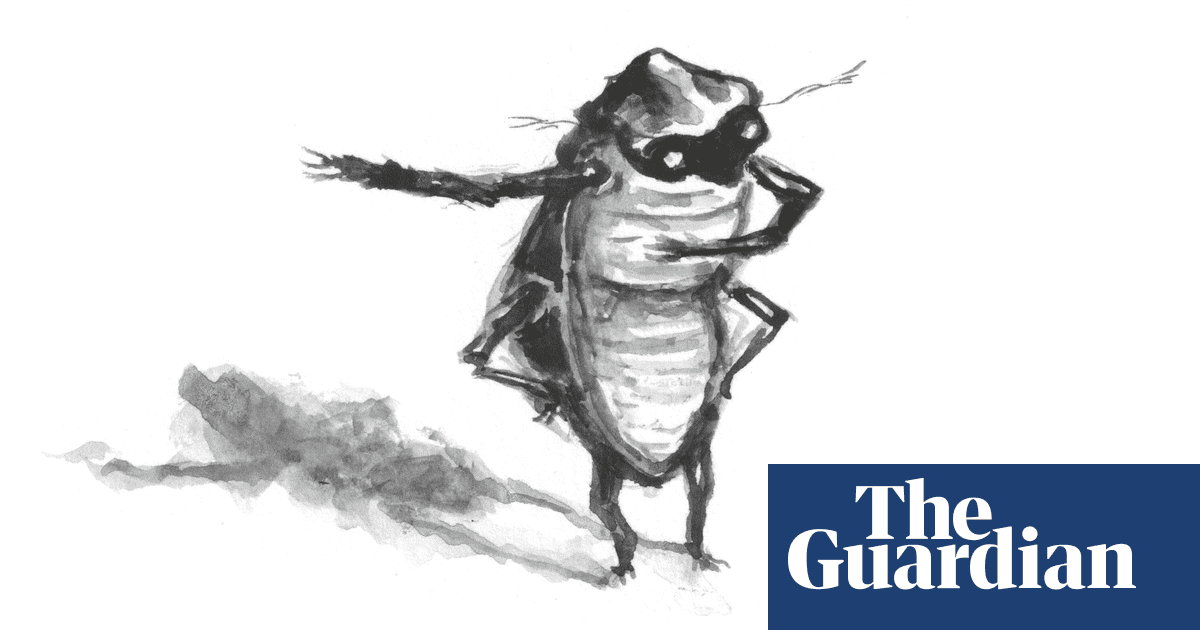The year is 1901, the place is Norwich and the hero of this story is 12-year-old Edith Holler who is, as she tells us, “famous”. Edith lives in a theatre and has never set a foot outside, after warnings that the building will collapse if she leaves. A motherless child, she has grown up among a peculiar selection of theatrical stalwarts – the puppet mistress, the stage door keeper, the prompt – who have lived so long in the playhouse they have become part of it, a strange ecosystem evolved to match their environment, like creatures of the deep ocean.
The Hollers are a theatrical dynasty. Edith’s father is a celebrated actor, constantly shadowed by his understudy Mr Collin, who can only be distinguished by the faintest hint of a putty nose. There are many comic moments around this cast of eccentrics, but they are frequently unsettling ones – fearing your father is an impostor is a dark fear indeed – and this shifting ground is typical of a novel that is simultaneously fairytale-like and sinister.
The reasons for keeping Edith trapped inside are unclear – they involve an unlikely curse and an exploding relative – yet also provide a useful angle to draw in the punters. Edith is required to perform a one-person dumbshow in a window, under a sign that reads “The Holler Theatre, Home of the Child Who May Never Leave”.
Edith is our narrator and hers is a singular, precocious voice. A sickly child, she often steals from her sickbed to hear her father’s voice echoing through the heating pipes as he acts out gruesome Shakespearean deaths – and she understands why people pay to see tragedy. “Sorrow is our business,” she says. “We supply it to the people of Norwich for a fee: that, seeing some great sadness, they will feel they have lived a little themselves and feel the more human besides.”
It is rare for an adult novel to include illustrations, but Carey’s haunting, sensitive images showing Edith’s view of her limited world fit his writing well. Like Edward Lear or Mervyn Peake, Carey’s illustrations are almost grotesque but have enough of the recognisably human in them to avoid becoming cartoonish. Peake’s Gormenghast often came to mind when reading this novel – for its depiction of a warped world both like and unlike our own, one seen in a fairground mirror.
Edith learns about the city outside by reading deep into its history. She believes she has discovered a terrible secret at the heart of Norwich – one that involves missing children and a popular local delicacy called Beetle Spread – and decides to write a play in order to reveal the truth. Lost children and an ominous blood-coloured spread have distinctly fairytale properties, but if you rummage in the backstory of Norfolk, you’ll find that deathwatch beetles once made its medieval timber houses unsafe, which led to the superstition that the beetle was a harbinger of death. There is also no shortage of people doing awful things to children in the history of East Anglia, or anywhere else. And this murky mix is where the novel lives – the kernel of reality in the heart of folklore, reimagined into fantasy with the ring of truth.
As in PJ Harvey’s recent poetry collection Orlam, using a sensitive child’s perspective allows Carey to explore how the echoes of folkloric figures can still be experienced. And the theatre, as a haunted place of believable lies, is the perfect setting for a story about the power of stories. As Edith says: “The stage was a place where millions of words had fallen, tumbling through the floorboard cracks, but after a while some of them worked their way back up again, floating about like mites of dust and remembering themselves a very little.”
Edith Holler is, in part, a love letter to the theatre, and one that gleefully embraces a Tim Burtonesque gothic theatricality. Carey, who has worked in the theatre, apparently began writing the book in lockdown when theatres had closed. It is also, more unusually, a love letter to Norwich. The book is steeped in the city’s history, featuring – among others – King Gurgunt, who sleeps beneath Norwich Castle, ready to rise in battle if needed, and the Grey Lady, a famous Norwich ghost. “We may be eastward but we are not backward,” Edith proudly says of her fellow Norfolkians. This is an enjoyably uncategorisable and atmospheric book, a richly dark and idiosyncratic fairytale for grownups.
after newsletter promotion
Joanna Quinn’s The Whalebone Theatre is published by Penguin.
